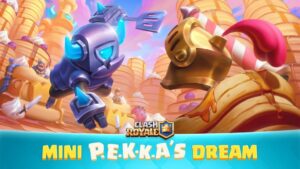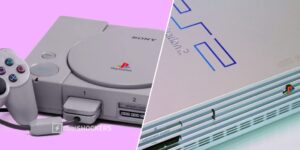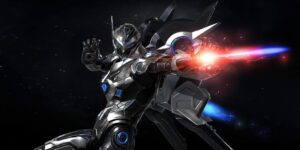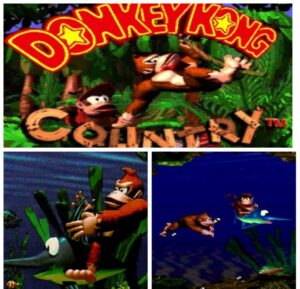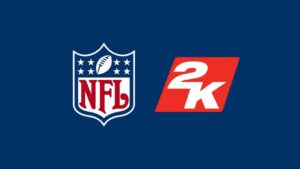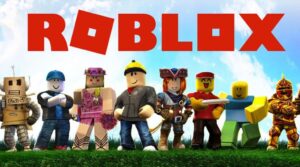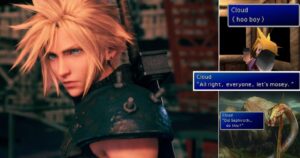In 1992, Aladdin flew in on his magic carpet and dazzled audiences at movie theaters all over. One year later, Aladdin, his magic carpet, and his famous blue Genie made their way to home consoles. However, the movie received two different video game adaptations, a Sega Genesis version by Virgin Interactive, and a Super Nintendo version by Capcom. Though both games used the same title, they were two completely different
The Genesis version utilized and included the skills of Disney animators which made the game the first ever to use hand-drawn animations. After the animations were drawn, they were sent over to Virgin Interactive’s California studio to be digitized. Outside of aesthetics, each adaptation’s gameplay had a different focus. The Genesis version relied more on combat, giving Aladdin the use of a sword during the entire duration of the game, as well as the ability to collect and throw apples. The combat in the Genesis version feels a bit jarring and honestly out of character for Aladdin, as he’s a character who is built more around agility and being athletic, not as a swordfighter or skilled warrior. Some fights with certain enemies can go on for a long time as they will constantly deflect your sword swipes, and force you to throw apples – which play a huge role later in the game and should not be thrown freely.
The Super Nintendo version allowed Aladdin to collect and throw apples, but did not give him a sword and instead leaned more into the platforming. This allowed the Super Nintendo version to really sink into Aladdin’s more acrobatic and circus-style moves that were displayed during the movie. The game even borrows a bit from early in the movie, having Aladdin collect rugs that are available in different areas, then use them to float across stages and parachute down into certain areas, giving him a pseudo-version of flight. The only way that ability is lost is by dying.


One of the biggest boons in the Super Nintendo version that’s missing on Genesis is Aladdin’s pet monkey Abu, who follows you and cheers you on through the entirety of the game. It’s a small detail but it adds a tiny extra level of authenticity and camaraderie. Abu is Aladdin’s literal partner in crime, and having him follow you around is a nice touch rather than having Aladdin just wander through each level alone.
Speaking of levels, the Super Nintendo version includes a playable level centered around ‘A Whole New World,’ where you and Princess Jasmine fly around and collect jewels as the song plays over it. Both games have songs from the movie, but an adaptation that fails to include the most iconic song and the scene has to be taken down a notch in rating. The other noticeable difference involves the final encounter with Jafar, the main villain in both games. In the Genesis version, he uses his staff as a tracking beam to pull you towards him, and cause damage.
Later on in the fight, he transforms into his famed serpent form – which is a lot smaller than the SNES version – and spits fire both at the ground and around the stage. Being a platformer, the Super Nintendo version is broken up into two stages. The first stage takes place in front of the Sultan’s throne where Jafar can be seen flying around creating enemies for you to jump on. After a certain point, he throws his staff at the ground, which then releases electricity for you to dodge.


This is a better fight than the Genesis version, it’s easier and really uses Jafar’s transformation into a serpent to capture his overall size and makes his transformation even more terrifying. Having you run on his serpentine body while dodging his attacks and jumping on his head gives you more satisfaction when you beat him. In the Genesis version, his snake form is just a flat model that just turns from side to side, there’s no big boss feel to it, it feels more like a mini-boss than anything.
Those animations in the Genesis version were something to behold though, capturing the aesthetic of Aladdin remarkably, and making it one of the best-looking games of its time. But the Super Nintendo’s sprite-based animations aren’t terrible either – they’re just the standard types of 16-bit pixel models you would see in any Super Nintendo game that wasn’t Star Fox – and, perhaps as a result of the lower technical demands, the game felt more responsive.
The Genesis version of Aladdin was no slouch, selling 1.6 million copies worldwide to make it one of the highest-selling Genesis games ever (and far outselling the SNES version). It was a very good game, but the Super Nintendo version wins out. Its focus on acrobatics rather than weaponized combat fits better and offers a better flow than the Genesis version. Having Aladdin swing, jump, and parachute around different stages offer more ways to navigate the world and play, whereas the Genesis game was relatively flat, and slashing your way through baddies with a scimitar like the Prince of Persia just didn’t feel very Aladdin-like.
The Super Nintendo version captures the movie better than the Genesis version by focusing on Aladdin’s physical skillset and not his ability to swing a sword, while the Genesis version looks and sounds more like the movies. Both games offer whole new and different versions of Agrabah, both are worth playing, but Capcom’s iteration certainly feels like the more classically ‘fun’ game to play with its freewheeling platforming, while the Genesis one gets a little bogged down in its somewhat unresponsive swordplay. And in a medium where the feel and fun of a game ultimately wins out over the aesthetic, the SNES Aladdin reigns supreme.
- aladdin
- amazon prime gaming
- axie infinity
- Capcom
- Casino Games
- coingenius
- Disney
- Dualshokers
- EA Sports
- Evil Geniuses
- Gaming
- gaming headset
- gaming pc
- madden nfl
- Nintendo
- Online casino games
- Originals
- pc games
- plato
- plato ai
- plato data intelligence
- plato game
- plato gaming
- platodata
- platogaming
- playstation
- prime gaming
- Sega Genesis
- Super Nintendo
- Team SoloMid
- Virgin Interactive
- xbox
- zephyrnet




